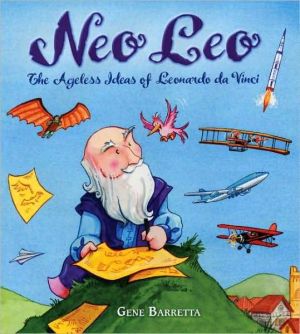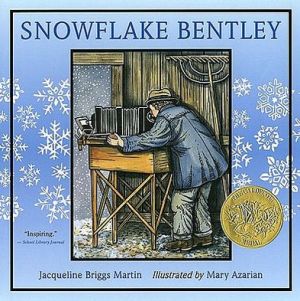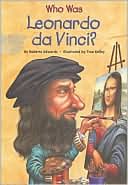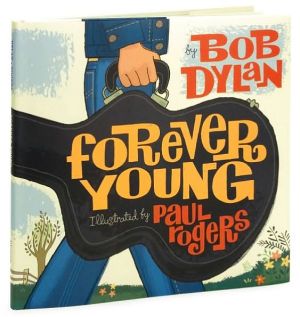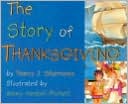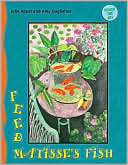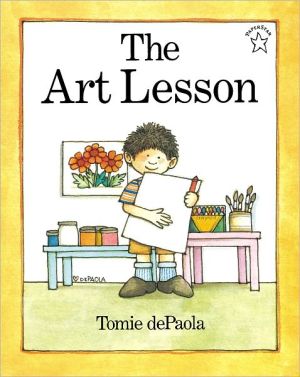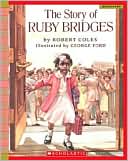Neo Leo: The Ageless Ideas of Leonardo da Vinci
In 1781, Thomas Paine came up with a model for a single-span bridge; in 1887, Adolf Eugen Fick made the first pair of contact lenses; and in 1907, Paul Cornu built the first helicopter. But Leonardo da Vinci thought of all these ideas more than five hundred years ago!\ At once an artist, inventor, engineer, and scientist, da Vinci wrote and drew detailed descriptions of what would later become hang gliders, automobiles, robots, and much more. Gene Barretta cleverly shows how Leonardo’s...
Search in google:
In 1781, Thomas Paine came up with a model for a single-span bridge; in 1887, Adolf Eugen Fick made the first pair of contact lenses; and in 1907, Paul Cornu built the first helicopter. But Leonardo da Vinci thought of all these ideas more than five hundred years ago! At once an artist, inventor, engineer, and scientist, da Vinci wrote and drew detailed descriptions of what would later become hang gliders, automobiles, robots, and much more. Gene Barretta cleverly shows how Leonardo’s ideas—many inspired by his love of nature—foreshadowed modern inventions, offering a window into the future.School Library JournalGr 2–5—Similar in format and style to Now & Ben (Holt, 2006), this book focuses on sketches found in Leonardo's writings that reveal an understanding of inventions that would not come into being until hundreds of years after the death of this quintessential Renaissance man. Vivid watercolor illustrations depict more than a dozen, including the hang glider, contact lenses, the tank, and robots. Each facing page appears as a sheet of notes revealing Leonardo's version, which is usually quite similar to the one we know today. Each page of Leonardo's notes contains a few short lines printed in reverse, and an author's note explains how a mirror can be used to view this writing style used by the inventor himself. Barretta provides clear information without veering into scientific explanations. Readers who most closely associate Leonardo with the Mona Lisa will be inspired by the breadth of his interests and the genius of his observations. This accessible introduction will inspire children to look closely at the world around them and come up with some creations of their own.—Lisa Glasscock, Columbine Public Library, Littleton, CO
\ School Library JournalGr 2–5—Similar in format and style to Now & Ben (Holt, 2006), this book focuses on sketches found in Leonardo's writings that reveal an understanding of inventions that would not come into being until hundreds of years after the death of this quintessential Renaissance man. Vivid watercolor illustrations depict more than a dozen, including the hang glider, contact lenses, the tank, and robots. Each facing page appears as a sheet of notes revealing Leonardo's version, which is usually quite similar to the one we know today. Each page of Leonardo's notes contains a few short lines printed in reverse, and an author's note explains how a mirror can be used to view this writing style used by the inventor himself. Barretta provides clear information without veering into scientific explanations. Readers who most closely associate Leonardo with the Mona Lisa will be inspired by the breadth of his interests and the genius of his observations. This accessible introduction will inspire children to look closely at the world around them and come up with some creations of their own.—Lisa Glasscock, Columbine Public Library, Littleton, CO\ \ \ \ \ Kirkus ReviewsIn a format similar to his Now and Ben (2003), Barretta points out the links between one man's genius and the development of a varied catalogue of creations. The author acknowledges that many of the ideas mentioned never bore fruit during Leonardo's lifetime, but drawings and information from his numerous notebooks show that he did indeed posit possible predecessors to such disparate items as parachutes, armored tanks, scuba gear and rotisserie cookers. The colorful, cartoon-style illustrations show an elderly Leonardo observing the world around him and/or testing his theories on the right side while the left-hand pages reveal the (relatively) modern ideas and inventions to which parallels are being drawn. The pictures also offer sly humor (look for the Mona Lisa enjoying a plate of spaghetti) and hint at the level of sophistication required from readers. The text likewise challenges the notion that all picture books are for primary grades with a high-level vocabulary and the inclusion of explanatory notes written backwards, just as Leonardo himself wrote. Energetic, engaging and eclectic-just like its subject. (Informational picture book. 8-12)\ \ \ School Library JournalGr 2–5—In now-and-then comparisons similar to his previous work, Now and Ben: The Modern Inventions of Benjamin Franklin (2006), Gene Barretta illustrates the vision and brilliance of artist/inventor Leonardo da Vinci in Neo Leo (2009, both Holt). Barretta's delightful watercolor illustrations become backgrounds for an amazing catalog of inventions. Panning and focusing on a portion of a page creates movement and highlights details; occasional animation gives life and motion to the scenes. The video begins with a humorous introduction in which the author introduces some of Leonardo's fabulous inventions, and speculates on the reason for his odd method of recording his discoveries by writing backwards. Then, to the accompaniment of Bruce Zimmerman's Renanissance-style music and occasional sound effects, viewers are shown how the inventor's ideas foreshadowed inventions hundreds of years later. For example, on the "Neo" side, we have the Wright Brothers first flight in 1903, and the development of the hang glider in 1892 and the helicopter in 1907; on the "Leo" side, we see Leonardo's drawings of an ornithopter, a glider, and an aerial screw. Da Vinci even sketched designs for a single-span bridge, contact lenses, steam-powered engines, and robots. Kirby Ward's narration in spot-on. A fine introduction for units on inventors and inventions.—MaryAnn Karre, Horace Mann Elementary School, Binghamton, NY\ \
